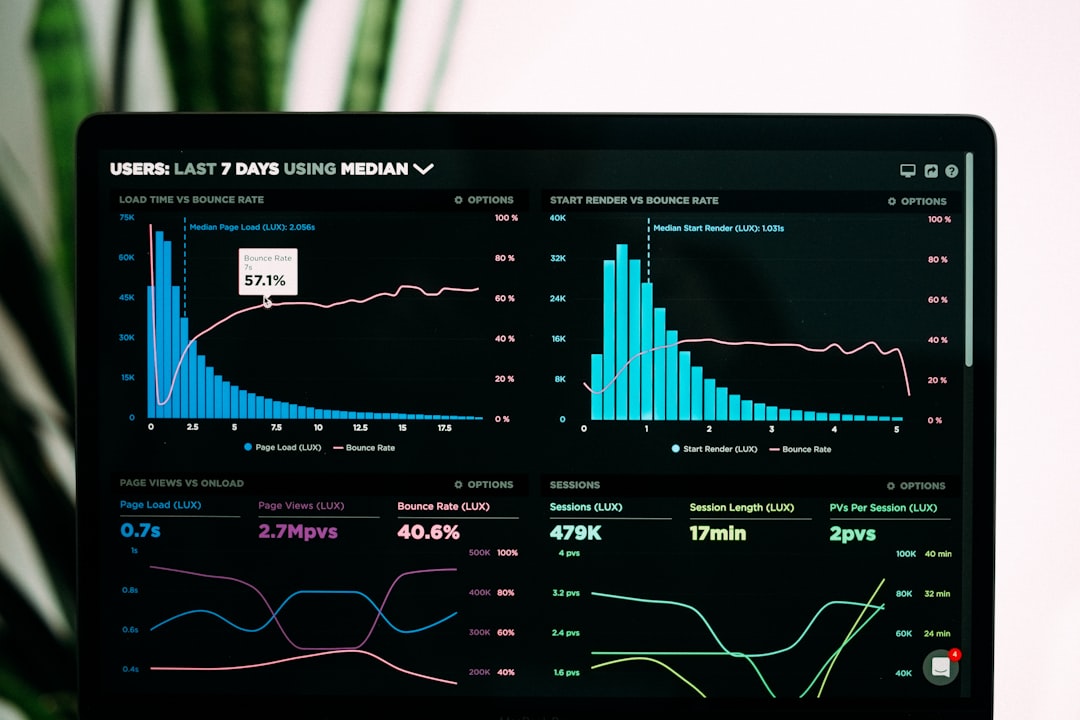Advertising Cost of Sales, or ACoS, is a vital metric for anyone using Amazon’s advertising platform. It reveals how efficiently your advertising budget is being spent in relation to your revenue. In simple terms, ACoS is calculated using the formula:
ACoS (%) = (Ad Spend / Ad Revenue) x 100
A lower ACoS indicates a campaign is efficient and profitable, while a high ACoS may suggest the need to reevaluate your advertising strategy.
What is Considered a Good ACoS?
The definition of a “good” ACoS is not universal. It depends heavily on the seller’s goals, product margins, and industry. That being said, here’s a general guideline:
- ACoS < 15%: Excellent – indicates strong profit margins and efficient ad spend.
- 15% – 30%: Target Range – often considered a healthy range for most products.
- Over 30%: Risk Zone – spending may outweigh the revenue being generated.
However, evaluating ACoS without considering your profit margin can lead to poor conclusions. For example, if your profit margin is 40% and your ACoS is 20%, you are still making money. But if your margin is 20% and ACoS is 25%, you’re losing profitability.

ACoS Should Align with Campaign Goals
A “good” ACoS always ties back to your specific campaign objective. Advertisers can have one or more of the following goals:
- Profitability: For mature products, ACoS should ideally be lower than your profit margin. This ensures you’re making a profit on each sale driven by the ad.
- Brand Awareness: Here, you might accept a higher ACoS, since the goal is not immediate profit but to increase exposure and visibility.
- Product Launch: During a launch phase, a high ACoS might be acceptable to drive traffic, collect reviews, and improve organic ranking.
Understanding your campaign objective is crucial in defining your ideal ACoS. Without this context, it’s easy to mistakenly aim for a low ACoS when a higher one might be more strategic.
How to Improve Your ACoS
If your ACoS is higher than you’d like, there are several tactics you can use to reduce it:
- Optimize Keywords: Continuously monitor which keywords convert and which don’t. Pause or reduce bids on underperformers.
- Use Negative Keywords: Prevent ads from showing for irrelevant searches to avoid wasted spend.
- Refine Targeting: Use automatic and manual campaigns together to find winning combinations.
- Improve Product Pages: A high-converting product page reduces the cost of acquiring each customer.
- Focus on High-Performing Products: Allocate budget to products with better conversion rates and stronger margins.

Monitoring ACoS Over Time
ACoS isn’t a set-it-and-forget-it metric. It requires ongoing monitoring. Seasonal trends, inventory levels, and competition can affect campaign performance. Setting up regular reviews ensures timely adjustments that keep your campaigns effective and aligned with your business goals.
FAQ
-
What is a good ACoS for a product with 30% profit margin?
Ideally, it should be under 30% to remain profitable. A 20–25% ACoS would be considered good to maintain strong margins. -
Can a high ACoS ever be a good thing?
Yes, during product launches or branding campaigns, a higher ACoS may be strategic to gain visibility and market share. -
How often should I check my ACoS?
Weekly reviews are ideal. For large or high-budget campaigns, daily monitoring is recommended. -
Is a 0% ACoS possible?
Technically, yes—but it would mean you haven’t spent any money on ads, which also means no ad-driven sales. That’s not practical for growing a business. -
How does ACoS differ from ROAS?
These are inverses of each other. ACoS is Ad Spend ÷ Revenue, while ROAS (Return on Ad Spend) is Revenue ÷ Ad Spend.
